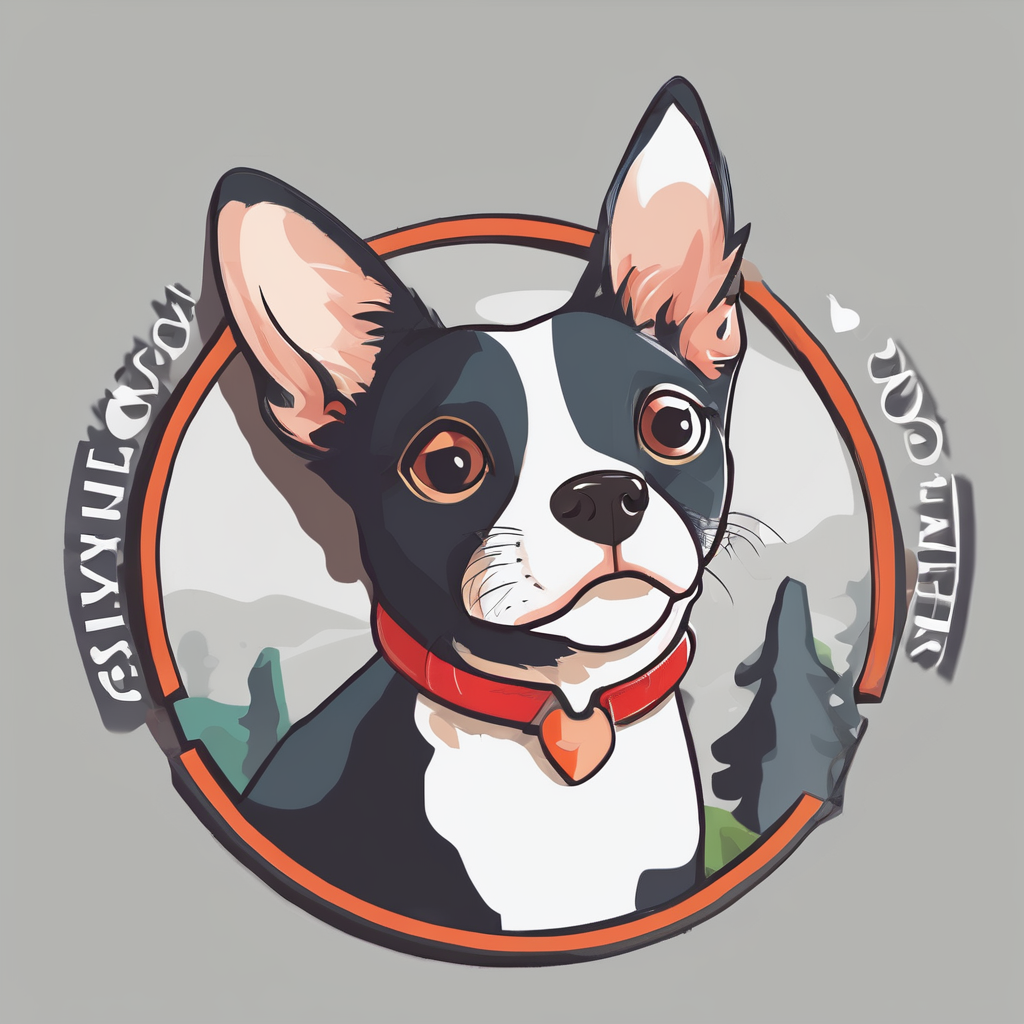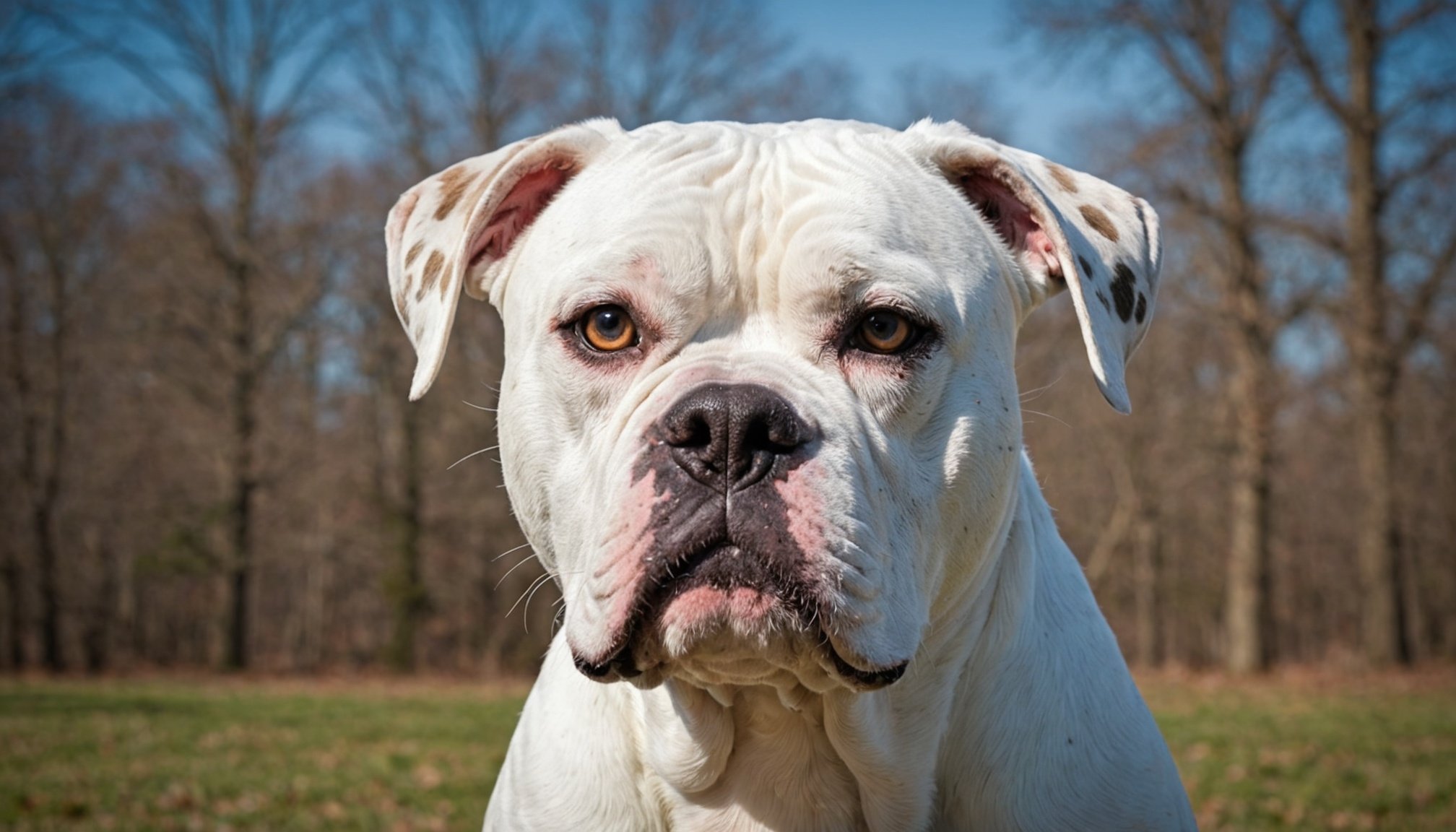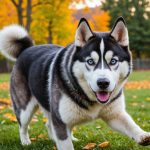Understanding Fear-Driven Aggression in American Bulldogs
Understanding fear-driven aggression in American Bulldogs is crucial for ensuring the well-being of these robust dogs and their owners. At its core, fear-driven aggression arises when a dog perceives a threat and chooses to defend itself. This behavior can manifest as growling, snapping, or even biting, especially if the dog feels cornered or out of options. Recognizing these symptoms early can help in managing and mitigating aggressive behavior.
Common signs include sudden aggressiveness when approached or moved towards, particularly when unfamiliar individuals are involved. A stiff posture and intense staring are also notable indicators that a bulldog might be feeling threatened.
Cela peut vous intéresser : Essential strategies for managing arthritis in your senior german shepherd: a comprehensive guide to effective exercise and care
The root causes of fear-driven aggression in bulldogs can often be traced back to genetic predispositions and environmental factors. Genetics play a role in determining a bulldog’s temperament. Some may naturally respond more defensively due to inherited traits. However, environmental influences such as past traumatic experiences or lack of proper socialization can exacerbate these tendencies.
Addressing fear-driven aggression requires understanding the specific aggression triggers for each dog and employing strategies to reduce their impact. Implementing positive reinforcement training and creating a supportive environment can greatly improve a bulldog’s response to perceived threats.
En parallèle : Essential strategies for keeping your siberian husky secure in the yard while maximizing their exercise fun!
Identifying Triggers of Fear-Driven Aggression
Understanding the triggers of fear-driven aggression is crucial for managing and mitigating aggressive behavior effectively. It begins with a thorough behavior assessment. Key to this process is observing and documenting the circumstances and responses associated with aggressive incidents. Observations should include environmental factors such as noise levels, presence of other animals, or unfamiliar people. These can often spark fear and defensive reactions.
Common triggers include situations where the individual feels trapped, encounters with strangers, or unexpected loud noises. Each of these can evoke feelings of insecurity or threat, leading to aggressive behavior. Identifying these specific scenarios is pivotal for prevention and control.
Consulting with professionals, such as animal behaviorists or psychologists, is invaluable for accurate behavior assessment. Experts can offer insights into less obvious environmental factors that might contribute to aggression. Their guidance can help establish a comprehensive understanding of the triggers and tailor intervention strategies effectively.
Incorporating professional input ensures that assessments are not only precise but also informed by experience. This multi-faceted approach allows for a more nuanced comprehension of fear-driven aggression, ultimately aiding in the reduction of such behavior. Identifying triggers through professional collaboration creates a safer and more controlled environment.
Behavioral Modification Techniques
Effective behavioral modification is key to helping animals overcome undesirable behaviors or fears. One widely used method is desensitization, a technique that involves gradually exposing an animal to a trigger it fears or reacts to, but in a controlled manner that does not provoke anxiety. For instance, if a dog is afraid of loud noises, the exposure begins at a level that is barely audible before progressively increasing the volume over several sessions. The aim is to help the animal become accustomed to the stimulus without triggering a fear response.
Counter-conditioning complements desensitization by aiming to replace a negative reaction with a more positive one. If an animal fears the vacuum cleaner, for example, counter-conditioning might involve pairing the exposure to the vacuum with positive reinforcements such as treats or affection. This process helps to alter the animal’s emotional response to the trigger from negative to positive.
A cornerstone of these techniques is gradual exposure, ensuring that the animal is never overwhelmed. This steady approach is crucial in modifying behavior without causing additional stress or reinforcing their fears. With consistency and patience, these methods can be incredibly effective in changing an animal’s behavioral responses.
Positive Reinforcement Strategies
Positive reinforcement is a training method that encourages desired behaviors by providing rewards. It’s highly effective for behavior correction and overall training, especially with American Bulldogs, known for their strength and energy. By using positive reinforcement, you can guide your dog’s behavior in a compassionate and effective manner.
Training methods focusing on positive reinforcement involve rewarding your dog for calm and preferred actions. This can include treats, affection, or playtime, depending on what your pet responds to best. The goal is to associate good behavior with positive outcomes, which gradually encourages your dog to repeat those actions.
Developing a tailored reward system is crucial for successful training. This requires understanding what motivates your American Bulldog. Some may respond well to food treats, while others might prefer toys or extra playtime. Observing your dog’s preferences will help you choose the most effective rewards.
When correcting behavior, consistency is key. Always reward your dog immediately after the desired behavior is exhibited to create a clear connection in their mind. Over time, you’ll notice increased compliance and positive changes in your American Bulldog’s behavior, thanks to well-implemented positive reinforcement strategies.
Case Studies and Testimonials
Exploring case studies and success stories of Bulldogs overcoming fear-driven aggression offers valuable insights. One notable case involves Buddy, a Bulldog who transformed remarkably through comprehensive training. Initially reactive and aggressive, Buddy responded well to gradual desensitisation and reward-based methods. This story exemplifies the potential for overcoming behavioural challenges.
Expert testimonials from professional trainers and veterinarians often highlight the importance of understanding anxiety triggers specific to Bulldogs. By focusing on these triggers, they can design tailored strategies that suit individual needs. For instance, frequent breaks and short sessions are recommended to avoid overwhelming the pet. Trainers also stress using consistent routines to establish trust and improve predictability for your Bulldog.
Dog owners who have experienced positive changes are keen to share personal stories. Jane, another owner, notes that identifying and addressing her Bulldog’s specific fears enabled significant progress. By incorporating expert advice and patience, Jane witnessed her pet grow more confident and less aggressive over time.
These accounts underscore the effectiveness of expert-recommended strategies, showcasing successful methods that others can replicate. They exemplify achievable transformations that inspire and guide other Bulldog owners facing similar challenges. Utilising a combination of professional insights and shared experiences, transformation in Bulldogs becomes a feasible and rewarding journey.
Maintaining a Safe Environment
Creating a safe environment is paramount for both the American Bulldog and their owners. One effective step is ensuring all spaces within the home are dog-proofed, meaning harmful substances and fragile objects are kept out of reach. This not only protects the dog but also ensures owner safety.
When it comes to interactions with other animals and people, set guidelines to manage these safely. Maintain control during initial introductions—using a leash, if necessary—to help gauge comfort levels. Observe the dog’s body language; if unfamiliar or erratic behaviour appears, remove them from the situation. Consistent exposure and positive reinforcement aid in fostering comfortable interactions.
In everyday scenarios, strategies to help the dog feel at ease include establishing routine patterns. Routines provide predictability, which minimises stress and anxiety. For example, designate specific times for walks, meals, and play.
Encourage dog safety by providing structured exercise to channel energy positively, reducing the risk of destructive tendencies. Furthermore, regular veterinary check-ups ensure health issues are identified early, supporting both physical and emotional well-being. Implementing these practices not only cultivates a harmonious home but also reinforces a strong, trusting bond between owner and pet.
Frequently Asked Questions
Dealing with aggressive behaviour in dogs can be challenging. FAQs: “What triggers aggressive behaviour in dogs?” Aggressiveness is often a byproduct of fear or anxiety. Recognising the root cause is crucial.
Misunderstandings around this topic abound. Contrary to common concerns, aggression isn’t necessarily indicative of a bad dog; rather, it might be a sign of fear. This revelation often prompts reflection among pet owners. If you struggle to identify triggers or solutions, professional help can be indispensable.
Guidance: “When should I seek professional intervention?” If your pet shows repeated, inexplicable aggression or if the situation escalates, consult a behaviourist or vet for tailored advice and insights. Experts can decode complex behaviours and provide strategies to manage or mitigate aggression.
For those keen on knowledge, exploring further resources can be beneficial. Delving into studies on fear-driven aggression enhances understanding and empathy. Here are some avenues:
- Pet behaviour forums for shared experiences
- Books on dog psychology
- Articles by behaviourists
These resources offer depth and support as you navigate these challenges, building a better relationship with your canine companion. Keep an open mind and be patient, ensuring a harmonious environment for you and your dog.











